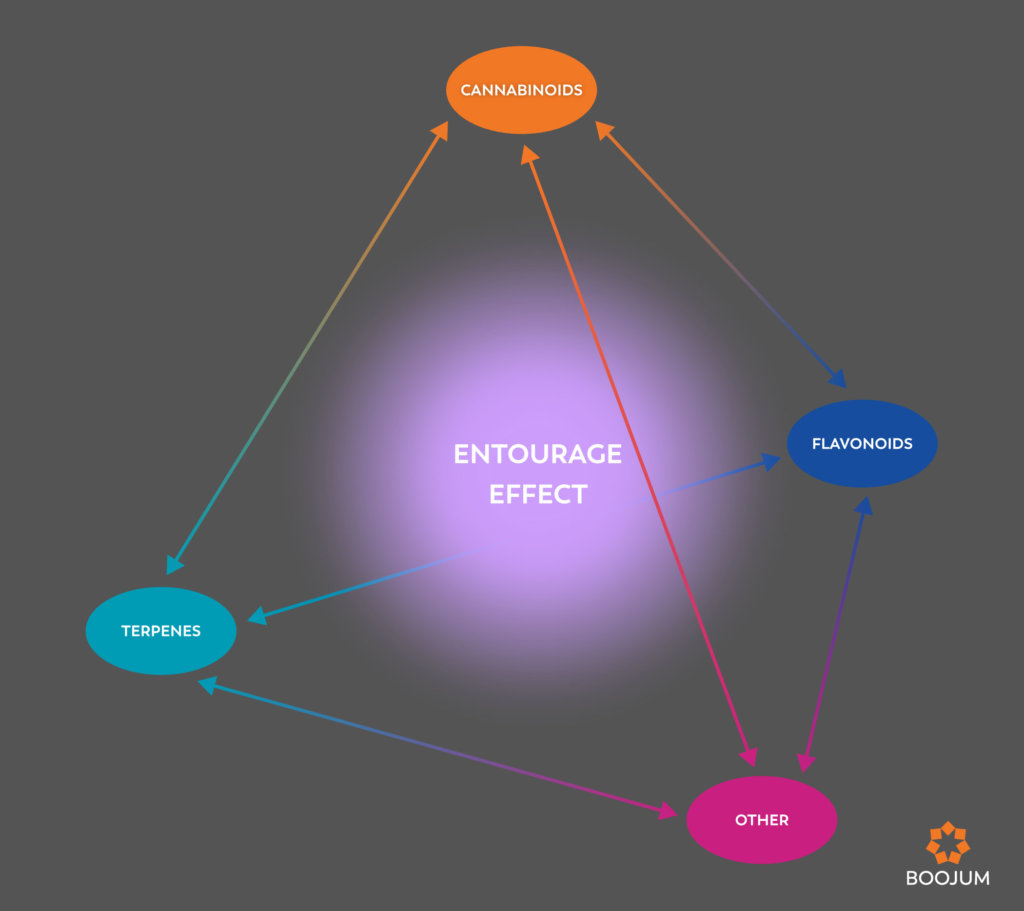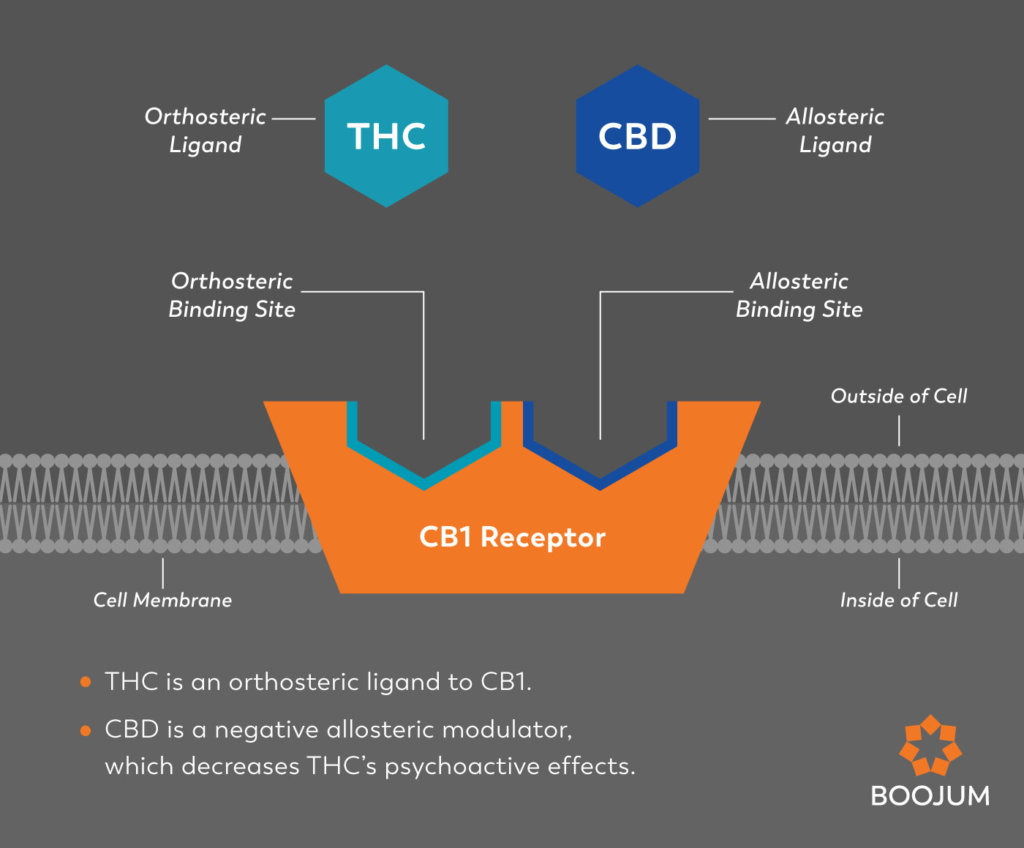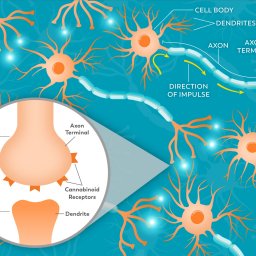For millennia, cannabis has helped humans ease our aches and pains, stop seizures, get a good night’s sleep, and even change how we experience reality. So why do its effects remain such a mystery? Sometimes it energizes and focuses, while other times it sedates and blurs. Even with our modern understanding of the important roles that cannabinoid and terpene ratios play in shaping the different experiences of cannabis, so much remains an enigma. So why is it so hard to pinpoint the effects of a medicine that humankind has been using for at least 6,000 years?
Why Is Cannabis So Complicated?
While there are a lot of answers to this question, including individual variation and a heavy stigma around cannabis that has stifled research, the elephant in the room is that cannabis medicine is complicated. And it’s complicated not only because every harvest and every plant is as unique in its biochemical makeup as the patients who consume it, but also because the cannabinoids, terpenes, and flavonoids exist in a dizzying network of interactions with each other. This in turn has a profound effect on how those molecules act on our bodies.
The array of biomolecules in cannabis work on a pharmacological level to magnify, mitigate, or otherwise change one another, so that the effects are not merely the sum of the effects of each component. Instead, their complicated interactions provide a synergy that can drastically change how they affect us. This concept is called the Entourage Effect.
The Entourage Effect was first named in 1998, to describe the way different molecules involved in endocannabinoid regulation work together. The phrase has since evolved to describe compounds from the cannabis plants, and is used to talk about the pharmacological effects that those phytocannabinoids and terpenes have in concert with one another. Today it is an integral concept—one that is discussed without fail whenever questions of how cannabis works are asked. That said, the concept faces skepticism by some.

Is the Entourage Effect Even Real?
The scarcity of real information and rigorous research on cannabis’ hundreds of compounds and their mechanisms means that we have a poor understanding of how they are interacting with each other and our bodies. A review in the Expert Review of Clinical Pharmacology calls the Entourage Effect an “afterthought”, and claims most theories are unsubstantiated, clinical data is lacking, and vague definitions allow the industry to invoke the Entourage Effect to help sell products without understanding the pharmacology.
That said, not having a thorough understanding of a concept does not invalidate it. It shouldn’t come as a surprise to anybody that when you have hundreds of different molecules that act in the same environment of receptors and enzymes, that they will affect one another—and that the nuances of those actions won’t be easy to tangle apart. While a more complete understanding of the Entourage Effect is still far off, we can look at how the mechanisms of action for cannabinoids, terpenes, and flavonoids interact, and make predictions and observations about how different ratios manifest in the body.
The Endocannabinoid System and the Entourage Effect
The endocannabinoid system (ECS) is the backdrop for the Entourage Effect, providing the locations and mechanisms for cannabinoids, terpenes, flavonoids, and other biomolecules to interact. The ECS is generally defined as including the receptors CB1 and CB2, the enzymes FAAH and MAGL, along with the endogenous ligands that they act on—the endocannabinoids. That said, these components don’t operate in a vacuum, and there are countless other receptors and enzymes that play key roles in this system—not to mention the hundreds of phytocannabinoids, terpenes, and flavonoids that can play into it. You can read our article on the endocannabinoid system here.
Receptors and the Entourage Effect
The cannabinoid receptors CB1 and CB2 are by definition a part of the ECS. But cannabinoids (and terpenes too!) actually act on a whole host of other receptors, including transient receptor potential ion channels (TRPV1, TRPV2, TRPA1, TRPM8), serotonin receptors (5HT1A), and peroxisome proliferator-activated receptors (PPAR-γ). These receptors all have an orthosteric or “active” site that can be activated by specific ligands. Activation means different things for different receptors—for example, when THC docks to CB1’s active site, it affects pain relief, sedation, intoxication, etc. The ligands that attach to the active site are called agonists.
In addition to the orthosteric site, receptors have a secondary site that fits completely different ligands. These are called allosteric sites, and they don’t activate the receptor, but instead modulate the effects of the active site. Ligands that connect at these sites are called “allosteric modulators,” and can be positive, negative, or neutral. Positive allosteric modulators (PAMs) increase receptor function by increasing the affinity or efficacy of the agonist, or by keeping the receptor from being desensitized. Many flavonoids are PAMs. Negative allosteric modulators (NAMs) decrease that function. CBD is a NAM for CB1 receptors. This means that CBD attaches to the allosteric site of CB1, making THC less effective at that receptor and curtailing side effects like tachycardia (increased heart rate) and anxiety.

Enzymes and the Entourage Effect
In addition to receptor actions, the Entourage Effect plays out in how cannabis molecules interact with enzymes. Many molecules compete for enzymes, and may either induce or inhibit them—effectively changing how fast metabolism occurs—which in turn affects how long those molecules stay in the body. Check out our article on drug interactions to get a more in depth understanding of exactly how these mechanisms operate. In just one example, flavonoids, terpenes, and some cannabinoids have all been found to inhibit P450 enzymes, which metabolizes THC, Inhibiting the enzyme means it is slower to process THC, which then stays in the body longer, leading to stronger and more lasting effects.

Does the Entourage Effect Enhance Bioavailability?
In addition to the pharmacological interactions of cannabis molecules, it is likely that they increase one another’s bioavailability. Some flavonoids have been shown to modulate membrane dynamics like permeability and absorption, and terpenes like myrcene and limonene are thought to help in the transport of cannabinoids through membranes like the blood-brain barrier (which means that THC and others will have an easier time getting into the central nervous system and thus the brain). There are likely many other mechanisms at play here, but the research is still in the early stages.
More than the Sum of its Parts
Even though we only understand only a small fraction of the mechanisms at work in cannabis synergy, we can already see many ways in which cannabinoids, terpenes, and flavonoids interact to produce different effects. While we may not understand all of these mechanisms, and sometimes we might not get the results we are looking for, we do know that these molecules are interacting through allosteric modulators on the receptors, competition for enzymes, and likely many other channels. In study after study, we see that whole plant extracts and full- spectrum products offer surprising results that are much more complicated than a simple addition of the expected results of the molecules present. Here at Boojum Group, we’re incredibly excited to see what comes out of this research, and favor full-spectrum products. And as the research adds up, we are confident that we’ll see the hundreds of cannabinoids, terpenes, flavonoids, and other components in cannabis add up to more than the sum of their parts—in short, the Entourage Effect.





